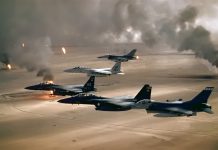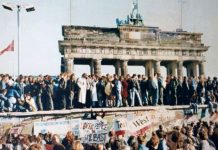Den 15. maj starter demonstrationerne i Beijing, på Tiananmen Square, Den Himmelske Freds Plads (kinesisk: ‘porten til den himmelske fred’), bl.a. rejses en kopi af Frihedsgudinden.
Demonstrationerne slås ned 3.-4. juni, efter at militære måtte nedkæmpe modstand fra befolkningen i Beijing på vejene til pladsen.
Indhold
Se også Socialistisk Bibliotek:
- Emneoversigten: Kina / China
- Emneoversigten: Oprør / Rebellion
- Linkboxen: Folkerepublikken Kina, 1949 –
- Linkboxen: China and Capitalism, med overvejende engelsksprogede venstrefløjsanalyser.
På dansk:
- Massakren i Beijing (Leksikon.org)
- Demonstrationerne på Den Himmelske Freds Plads (1989) (Wikipedia.dk)
- Tiananmen (Denstoredanske)
- Den Himmelske Freds Plads (Information.dk). Emne.
Glem ikke massakren på Tien An Menh-pladsen. Af Tue Magnussen (Modkraft.dk/Kontradoxa, 4. juni 2011). “I foråret er 130 demokratiforkæmpere blevet fængslet eller chikaneret af kinesisk politi, bl.a. veteraner fra studenterbevægelsen i 1989 og aktivister inspireret af Jasmin-revolutionen.”
Oprøret i 1989. Af Carsten Lorenzen (Tillæg til Charlie Hore: Kina 1949: Folkets revolution? Internationale Socialisters Forlag, 1989; online på Marxisme.dk). “Disse sider forsøger at samle nogle begivenheder, erfaringer og konklusioner … fra oprøret og massakren i Kina i foråret 1989 …”
Se også:
Kunsten som symbol på menneskers kamp mod undertrykkelse. Af Lene Junker (Socialistisk Arbejderavis, nr. 390, 7. november 2021, s. 10). Om Jens Galschiøts “Skamsttøtte” på Hong Kong Universitet for begivenhederne på Den Himmelske Freds plads, og om andre af billedhuggeren Jens Galschiøts politiske kunstprojekter.
Se om Galschiøts og “Den indre svinehund”-kunstprojektet på Tidslinjen 8. november 1993.
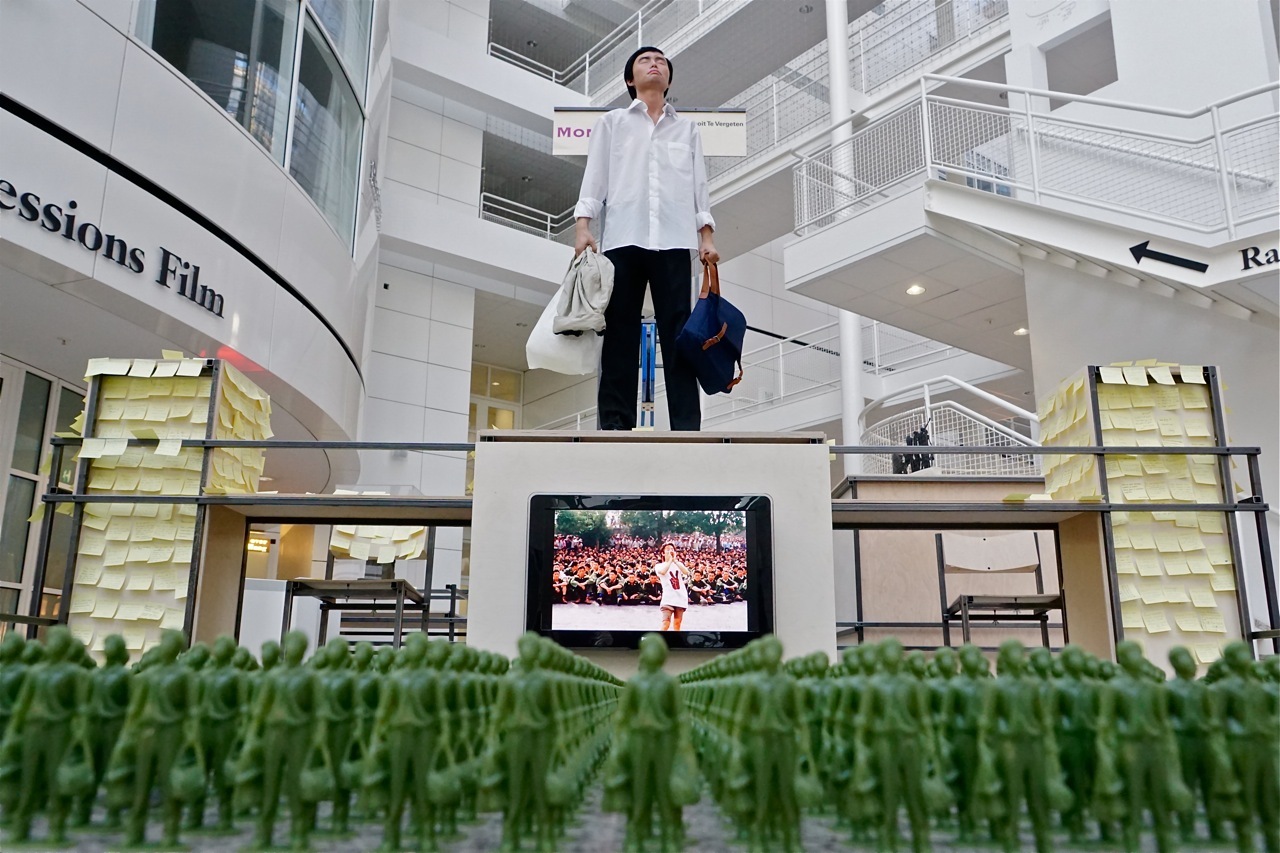
In English:
- Tiananmen Square protests of 1989 (Wikipedia.org)
- The Tiananmen Square protests in pictures, 1989 (Rare Historical Photos, no date). Many photos from Tiananmen Square i May-June 1989.
Tiananmen: The Gate of Heavenly Peace (Frontline, Center for Asian American Media). “This site also includes extensive information about the feature-length documentary The Gate of Heavenly Peace.”
The forgotten Socialists of Tiananmen Square. By Yueran Zhang (Europe Solidaire Sans Frontières, 4 June 2023). “What the world remembers about the 1989 Tiananmen Square protests were the students. But above all, it was a mass workers’ uprising for socialist democracy.”
Tiananmen: a Marxist reading guide (In Defence of Marxism, 4 June 2021). “The purpose of this reading guide is to help anyone who wants to really understand what happened in China in 1989 and why.”
Beyond 4 June (RS21, 4 June 2019). “Here Charlie Hore reflects on the massacre of 4 June and its aftermath.”
China 1989 – workers in revolt (Socialist Worker, Issue 2656, 27 May 2019). “Thirty years ago demonstrators stood up to tanks in Beijing’s Tiananmen Square. Sadie Robinson looks at what the mass revolt of students and workers was all about.”
The ghosts of Tiananmen Square. By Ian Johnson (The New York Review of Books, Vol.61, No.10, June 5, 2014). Review of Louisa Lim, The People’s Republic of Amnesia: Tiananmen Revisited (Oxford University Press, 2014, 248 p.) + Rowena Xiaoqing He, Tiananmen Exiles: Voices of the Struggle for Democracy in China (Palgrave Macmillan, 2014, 212 p.)
The May of the masses: the Tiananmen Square movement 25 years on (RS21, May 29, 2014). “4th June marks the 25th anniversary of the Tiananmen Square massacre. Charlie Hore looks back at the inspirational movement that went before, and repression that followed.”
Tiananmen Square: Another China is possible (Socialist Worker, Issue 2399, 15 April 2014). “The protests in Tiananmen Square that began 25 years ago this week showed the possibility of real socialism emerging in China, writes Dave Sewell.”
Storming the gates of heavenly peace. By Dennis Kosuth (International Socialist Review, Issue 66, July-August 2009). “What happened over the course of those spring weeks in 1989? What led the conflict to the point where so much blood was shed? Could such a thing ever happen again? These are the questions that this brief article will attempt to answer.”
Origins and consequences of the 1989 Tiananmen Square massacre. Part 1-3. By John Chan (World Socialist Web Site, June 4-6, 2009). “By June 3, 1989, the stage was set for a showdown between the Stalinist regime and the working class. The CCP ordered the PLA troops, who had been brought from the provinces and primed for action, to clear Tiananmen Square of protestors using whatever means necessary.”
Tiananmen Square, 1989: China’s uprising (Socialist Worker, Issue 2154, 6 June 2009). “Twenty years ago China’s autocratic regime cracked down on a democracy movement that swept the country. Matthew Cookson looks at the legacy of Tiananmen Square.”
Tiananmen Square 20th anniversary – What is its place in history? By Heiko Khoo (In Defence of Marxism, 4 June 2009; online at Internet Archive). “It is a fact that in 1989 the majority from Beijing to Berlin were in favour of creating a new socialist democracy to be supervised and controlled by the masses, this was not a utopian dream.”
Twenty years after Tiananmen Square. By Dennis Kosuth (SocialistWorker.org, June 4, 2009) + The Tiananmen Square debate (July 21, 2009). “The Tiananmen movement was being led by students and intellectuals, and had sympathizers among a small minority of the ruling class. Its demands found resonance within society at large, especially among the quickly growing urban working class.”
Tiananmen and the working class (Socialism Today, Issue 129, June 2009). “When workers began mobilising in support, the leaders of the ruling Chinese Communist Party, fearful for their privileged positions, sent in the army. Vincent Kolo assesses the significance of this historic movement.”
Remembering Tiananmen Square. By Robin Munro (The Nation, June 2, 2009). “The Tiananmen Square massacre remains shrouded in myth. This eyewitness report by a Human Rights Watch observer makes the horror plain … A massacre did take place – but not in Tiananmen Square, and not predominantly of students. The great majority of those who died (perhaps as many as a thousand in all) were workers …” First published as Who died in Beijing, and why (pdf) (The Nation, June 11, 1990, p.811-822; online at Law Professor Blogs Network/Internet Archive)
The meaning of Tiananmen (Anarchy: A Journal of Desire Armed, Issue 58, September 2004; online at Libcom.org). “Burt Green analyses the events of Tiananmen Square and their consequences.”
15th anniversary of Tienanmen. By Rob Lyon (In Defence of Marxism, 4 June 2004). “Contrary to Western propaganda, the demonstrations were not simply calls for ‘democracy’, capitalism, or market reforms.”
Ten years since the Tiananmen Square massacre: Political lessons for the working class. By James Conachy (World Socialist Web Site, 4 June 1999). “… The movement of 1989 expressed the long pent-up discontent and hatred of a corrupt Stalinist bureaucracy that for 40 years had betrayed the hopes of the Chinese people.”
10 years on: assessing Tiananmen today. By Heiko Khoo (In Defence of Marxism, 25 May 1999; online at Internet Archive). “This article tries to answer to the following important questions about the Tiananmen Square movement: What was the character of the movement of April – June 1989? What were the programmes and policies of the main tendencies?”
Looking back on the Beijing massacre. By Liang Guosheng (Green Left Weekly, Issue 236, 26 June 1996). “During those spring months in Beijing, the movement drew support and leadership from groups and activists who, at least prior to the massacre, were far more concerned with what they saw as an opportunity to ‘reform’ the CCP than with its overthrow.”
Eyewitness in China. By Steve Jolly (Socialist Alternative, June 1989). “I went to China to hear and see at first hand this movement in the most populous country in the world, with one quarter of the world’s population. I went to exchange experiences, political and organisational, with the cream of the students in Beijing and Shanghai and the cream of the proletariat.”
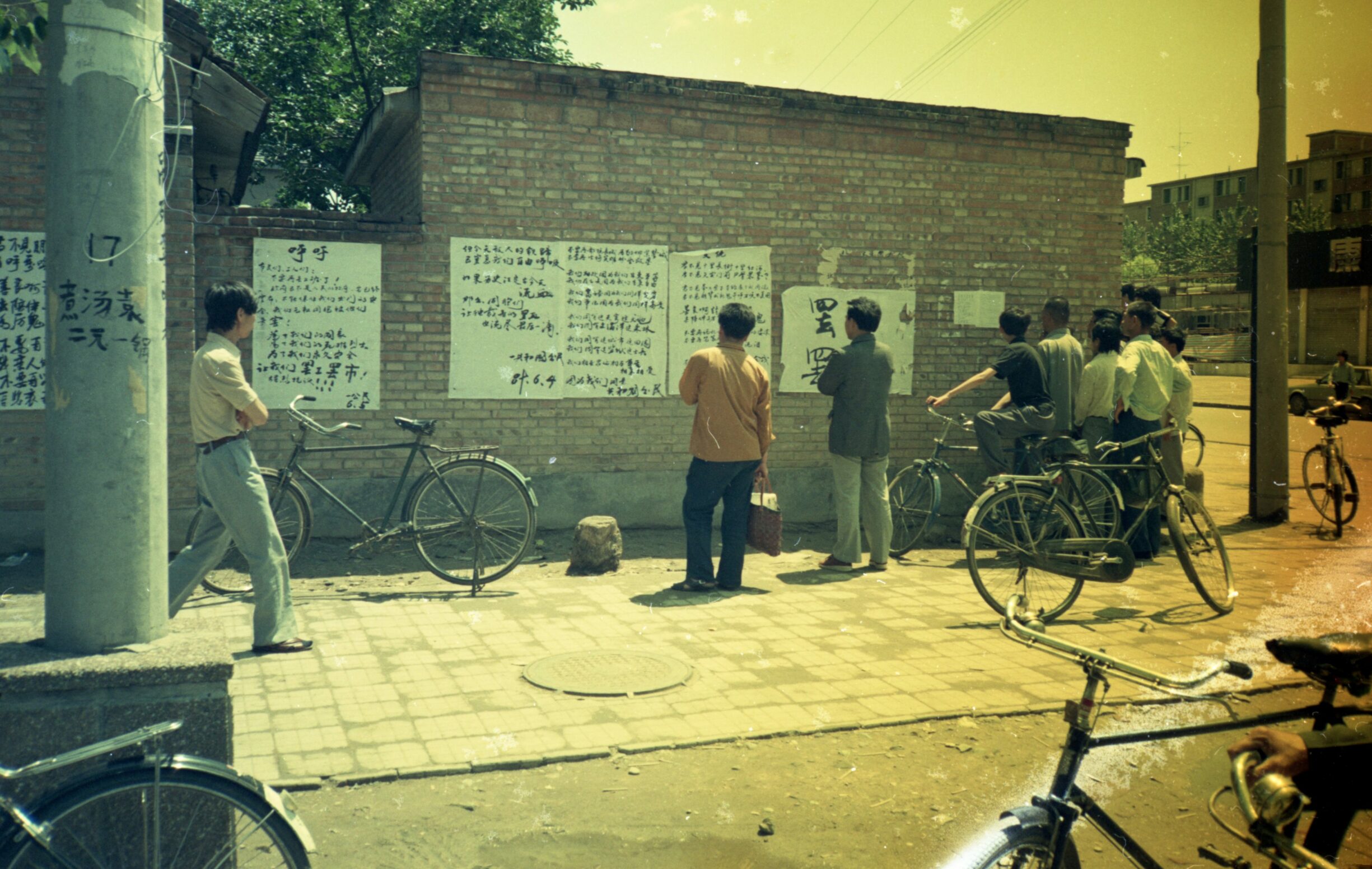
See also:
China: from revolution to Tiananmen. By Daniel Morley (In Defence of Marxism, 4 June 2019). “In 1986 a more significant student movement occurred which was a direct harbinger and cause of the 1989 movement.”
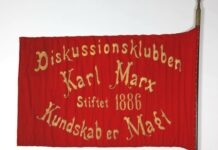
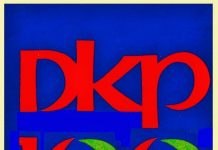
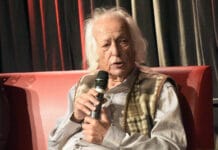
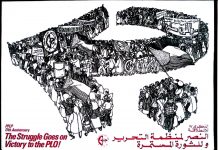
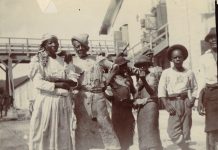
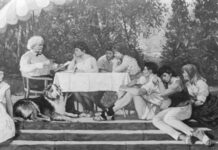


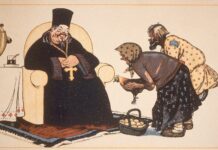
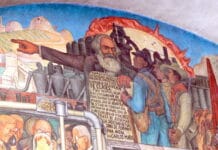


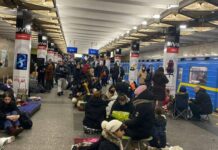
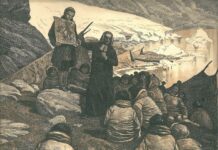

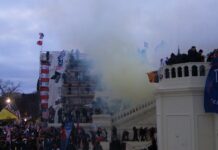


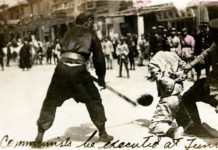
![George Habash square [Tulkarem?], Taken on 7 April 2011, Source: https://www.panoramio.com/photo/50717122. Author: Mujaddara. (CC BY-SA 3.0)](https://socbib.dk/wp-content/uploads/2007/05/George_Habash_sq_-_panoramio-218x150.jpg)
